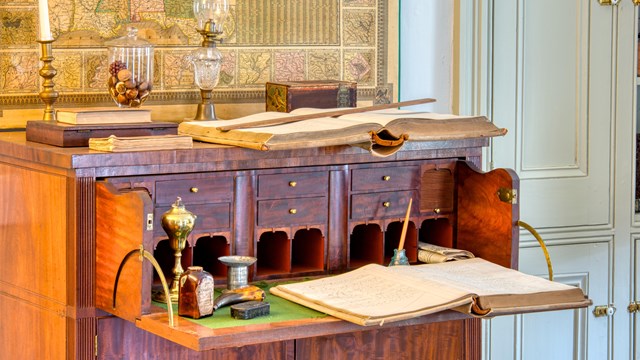|
Hopewell Furnace showcases an early American industrial landscape and the essential role of industrialization in the growth of the early United States. Operating from 1771-1883, Hopewell and other “iron plantations” laid the foundation for the transformation of the United States into an industrial giant. Administrative History of Hopewell Furnace National Historic Site 
People
Learn about those who lived and worked at Hopewell Furnace. 
Places
Learn about the sites at Hopewell Furnace. 
Collections
Learn about Hopewell's collection of stoves and company ledgers. 
Stories
Learn about what it was like to live and work at Hopewell Furnace. |
An official website of the United States government
Here's how you know
Official websites use .gov
A
.gov website belongs to an official government
organization in the United States.
Secure .gov websites use HTTPS
A
lock (
) or https:// means you've safely connected to
the .gov website. Share sensitive information only on official,
secure websites.
